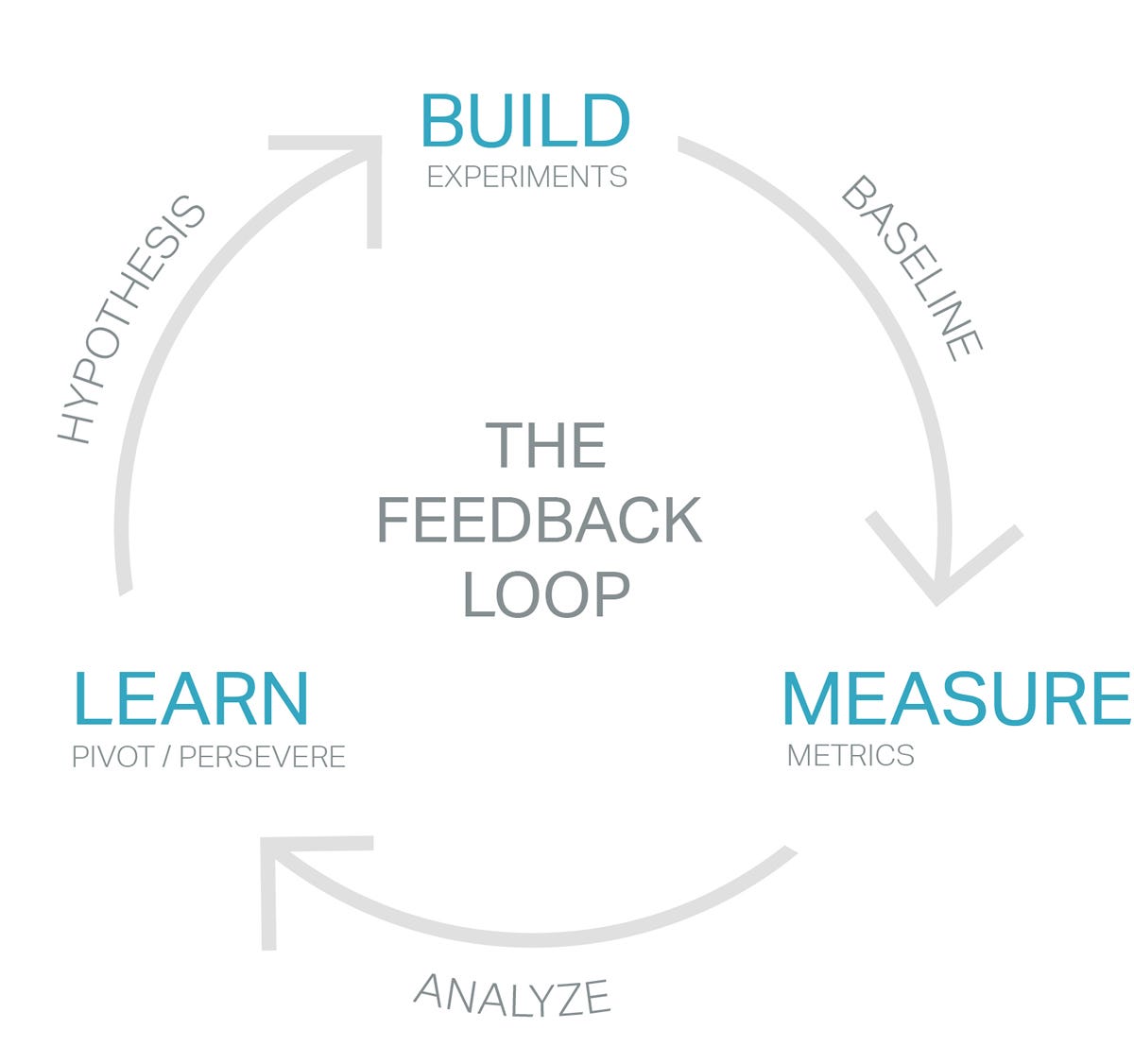Feedback Formeffective Curriculum Ideas
A ccept the feedback (note: this is different from “agree”; you don’t have to agree with the feedback to acknowledge or accept that it’s how someone else perceived the situation). M ake a plan to address the situation/behavior described in the feedback. R e-commit to improving the behavior/situation. Print, (1993, p.110) curriculum is an area of vital importance to the professional teacher. Over the past two decades the study of curriculum has become an established part of teacher education programmes. Therefore, teachers need to be knowledgeable about curriculum and understand the processes by which curricula may be developed.
John Hattie (University of Melbourne) and Greg Yates (University of South Australia) had joined forces in 2013 for their book “Visible Learning and the Science of How We Learn“. In 2014 they have co-authored another hands-on text about feedback in the classroom. Their paper has been published in “Applying Science of Learning in Education”, a publication by the American Psychological Association.
Feedback in context
Feedback in the classroom can be defined as “information allowing a learner to reduce the gap between what is evident currently and what could or should be the case”. But real-world scenarios do not always live up to this ideal. According to Hattie and Yates there might be an “empathy gap”:
- Teachers claim they routinely give a lot of helpful feedback to their students.
- Trained classroom observers see very low levels of teacher-to-student feedback.
- Students report very little feedback from their teachers, “a few seconds a day.” They receive more feedback from their peers, but much of it is incorrect.

Quick take-aways related to feedback in the classroom

To improve this situation Hattie and Yates provide an engaging and accessible explanation of how effective feedback works. Here are some quick take-aways from the paper “Using feedback to promote learning”. You can download and read the full text here.

- Praise is a common form of feedback, but it is often unhelpful.
- Effective feedback is a common denominator of many of the top ten influences on achievement.
- Two feedback analogies
- “Computer video game”: Level it up. Make it not too hard, not too easy.
- “GPS device”: You know where you want to go, but lack specific knowledge about how to get there.
- Three Feedback questions:
- What is the goal?
- What progress is being made?
- What is the next step?
- When errors are welcomed, feedback is more effective.
- Feedback is different at different levels of mastery:
- Novice level: immediate feedback,
- Intermediate level: alternative strategies,
- Advanced level: self-regulated learning.
Source
Hattie, J.A.C. & Yates, G.C.R. (2014). Using feedback to promote learning. In Benassi, V. A., Overson, C. E., & Hakala, C. M.(eds), Applying the science of learning in education: Infusing psychological science into the curriculum (pp 45-58) Washington, DC: American Psychological Association. Free PDF download available: http://teachpsych.org/ebooks/asle2014/
Posted in Feedback, Visible Learning
Feedback Formeffective Curriculum Ideas Preschool
Thinking outside of the box using creative ways to plan and design events is what we do as event professionals. We should be using more creative ways to get feedback on our work and the client's investment too.
Whilst you are in the planning stages of your event, you should already be thinking about how you are going to get feedback on the effectiveness of your event design. Particular questions run through your mind. Is my survey going to get many responses? Will it be constructive criticism? Will attendees remember the bad bits more clearly than the good bits? Or, how can my survey gauge the emotional response to my event? All these sorts of questions are common, but what if there was another way? A more creative and inspired way to collect feedback!
Real-Time Feedback vs Reflective Reasoning
Real-time feedback relies on affective reasoning - an immediate human emotional response to a given situation based on an individual's perception of reality. This differs to reflective reasoning which is grounded in the activity of remembering the result of the activity. Reflective surveys do not capture the emotions of your event and often negatives are highlighted and positives downplayed as most attendees feel that they want to offer constructive criticism, rather than how you feel at a specific moment in time. It can also be more difficult to capture feedback from attendees once they have left your event.
The advantage of real-time feedback is that it can often capture the ‘buzz’ moments at your event, indicating the extent of the success of the experience you have designed. This post looks at ways in which feedback can be captured in real-time and offer event organisers an emotional reaction to the experience, rather than one based on memories. Events are emotive experiences and for feedback to be of real value an emotional response could underpin how you plan your next event and design the experience wave.
Real Time Sensory Feedback
Some event organisers have a lot of resources and can wheel out some fantastic technological innovations that record affective responses to an experience. The #FeelWimbledon campaign is a case in point. Wearable technology was used to measure, in real-time, the emotions of the spectators watching the Wimbledon Tennis Championships in 2015. For event organisers, having a tool like this can help inform real-time decision making at an event to increase the immersiveness of an experience. But if you don't have this kind of budget there are other ways - interactive ways - that you can get real-time feedback. In some cases, by using technology you can keep your attendees informed on their opinions in real-time too. The methods are also a useful way to increase response rates.
The Cup Cake Method
You may have been to a retail outlet, gone through airport security or been to a hotel where an electronic smiley terminal was present to measure customer satisfaction. The terminals are a great way to measure customer satisfaction right after a service experience. The smiley faces attract attention. As a conference organiser's you could create large speech bubble graphics - asking a question - above smiley terminals dotted around the venue and wait for instant feedback.
To inject more fun into the conference, you can use cup cakes. These popular tasty treats could be offered at a morning coffee break, again at lunch time and again at the afternoon break of a conference. Ask your caterer to create small cup cakes decorated with a range of smiley faces on them denoting different moods - very happy, happy, unhappy and very unhappy - under each speech bubble. Make sure you replace the speech bubbles each time you use the method so that you are not doubling up on your data. ount the amount of cup cakes you put out so you can do the math and arrive at a reliable number of varied responses to your questions. Don’t worry if one of your cup cake selections run out. But make sure you have extras on hand so the count is robust.
Interactive Polls
The polling method is becoming more and more popular at events, especially at conferences - through attendee engagement applications, such as speaker presentation apps and questionnaires embedded into event apps. You could also use interactive screens that are placed around your venue. These applications can provide immediate feedback based on particular moments in time of an event. But you need to be mindful of the time it's going to take attendees to answer all the questions you really want to ask. It's not a good idea to ask lots of questions, which could also distract attendees for far too long, so choose your moments. Coffee breaks, lunch time and even programming a 10 minute feedback session that incentivizes attendees to fill out the questionnaires would be a better strategy to get the responses you need for a good feedback sample.
The Post Card Method
I recently attended an event by an event technology supplier where they used a post card in a very creative way. The front of the post card was a graphic that had the company logo and a short marketing message on it. When I turned over the post card, it got very interesting. Firstly, where the stamp space appeared, they had put in their logo. On the left side of the post card was one very easy to answer question and space for 3 points ‘What 3 Things Did You Learn Today?’. This a great feedback because it gives an idea of the value attendees attach to the content of the event. Offer to post them the post cards after the event, and make sure you tell them their data is safe. Before you post the cards back, make an analysis if all the comments via learning themes and cross reference this with your event objectives to get a qualitative idea of how successful you programming of content was.
The Emoji Exit Strategy
Everyone loves Emojis and they can really express the way people feel. Similar to the Cup Cake Method, create giant sized Emoji graphics that signify various emotions and place them on the walls around the exits of an event. Give out dot stickers and give brief instructions asking them to place their dot on the Emoji that sums up their experience at your event. This is a general summation of the event but gives you - the event planner - a very good idea of exactly how people felt about the experience.
Photo Credit: Events Northern Ltd
What Do I Do With The Attendee Badges?
Another way to collect attendee badges so they get thrown into the appropriate recycling bin is to have ‘comment bins’ at the exit to your event. Ideal for conferences, product launches and exhibitions, place two bins near corresponding speech bubbles. Ask a simple question about the event and wait for the badges to roll in. The positive bin signifies that those attendees could be useful advocates for your product or next event. The negative bin signifies that those attendees may need a follow up email asking them for further feedback on the experience so that you can improve in the future. Hopefully all the badges will end up in the positive bin!
In Conclusion
Feedback Formeffective Curriculum Ideas 4th Grade
Using established post-event feedback mechanisms can be problematic in terms of response rates - once people have left the event the moment has gone. It is also problematic in terms of reflective reasoning and memory recall, where negatives are usually highlighted. Using creative ways to get real-time feedback that is based on affective reasoning tells a real-time story about your event. Taking some of these ideas and modifying them, or even using them as inspiration, is going to achieve a better response rate as well as provide your attendees with some fond memories and photo opportunities.
Feedback Formeffective Curriculum Ideas Examples
Recommended further reading:
